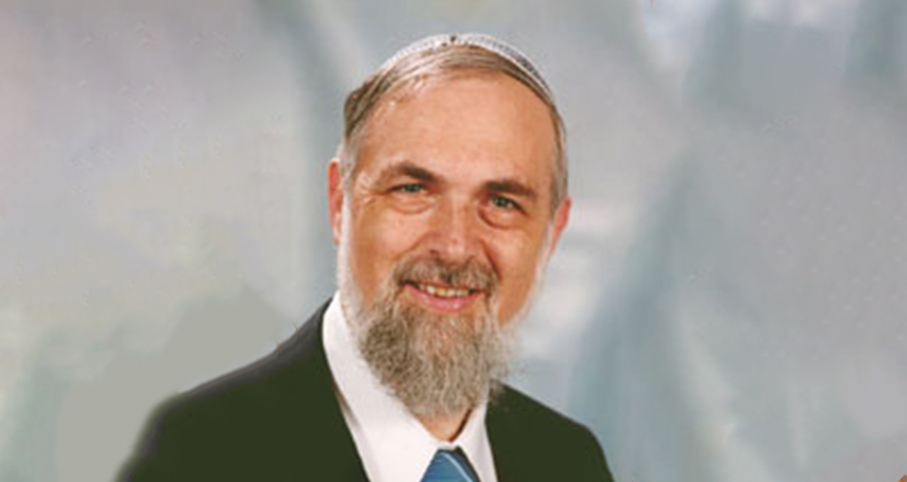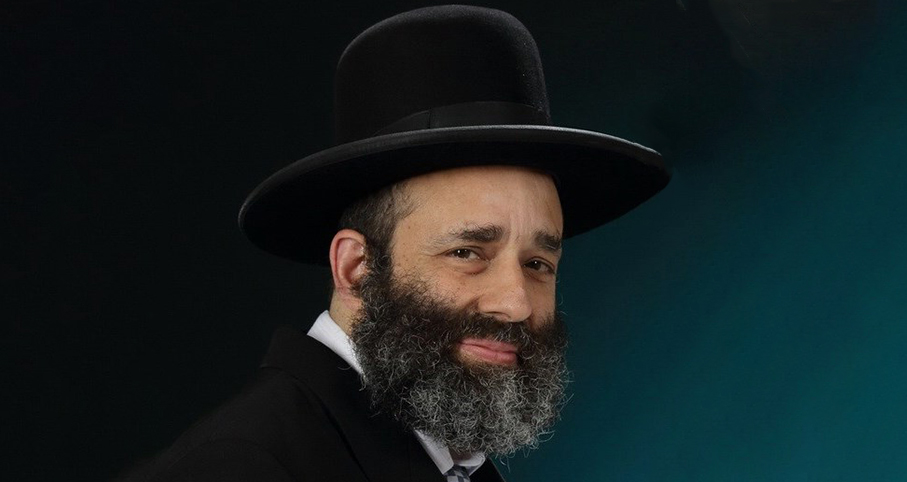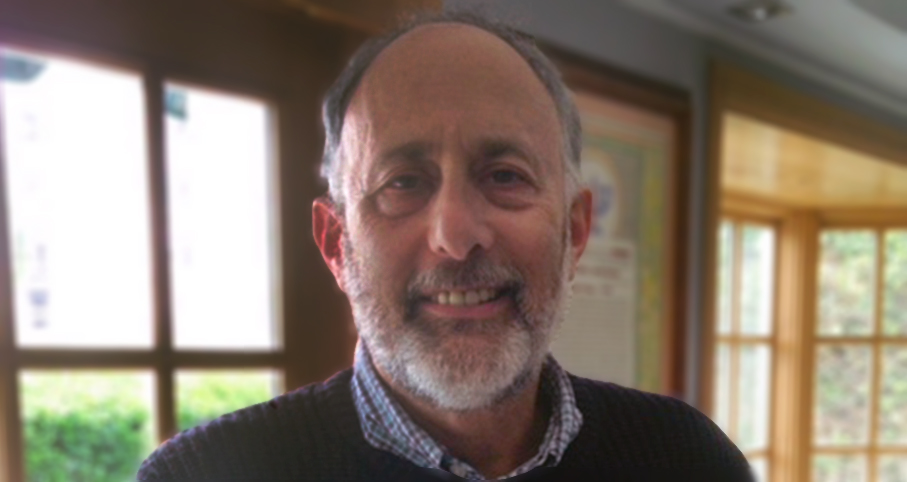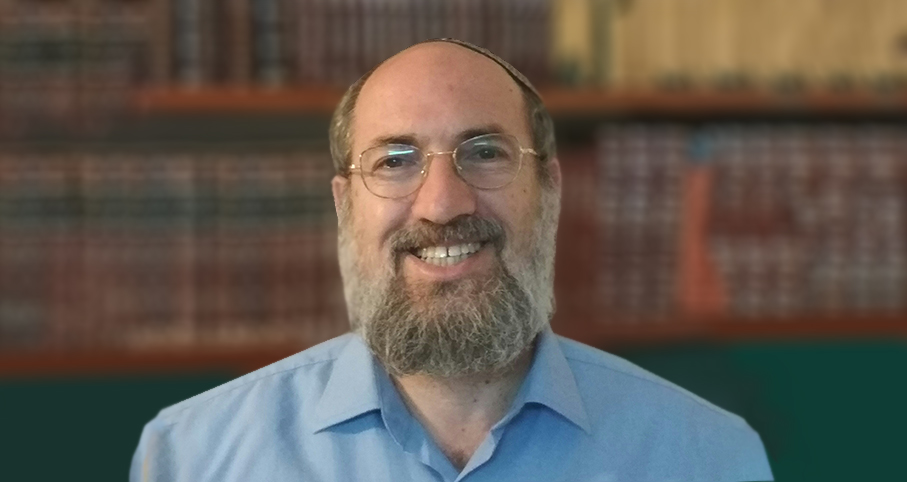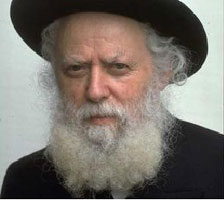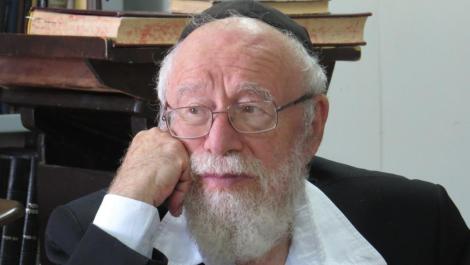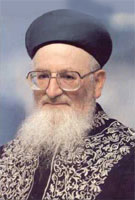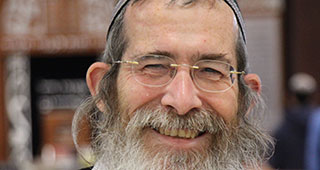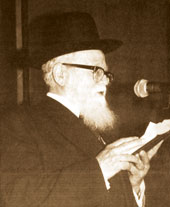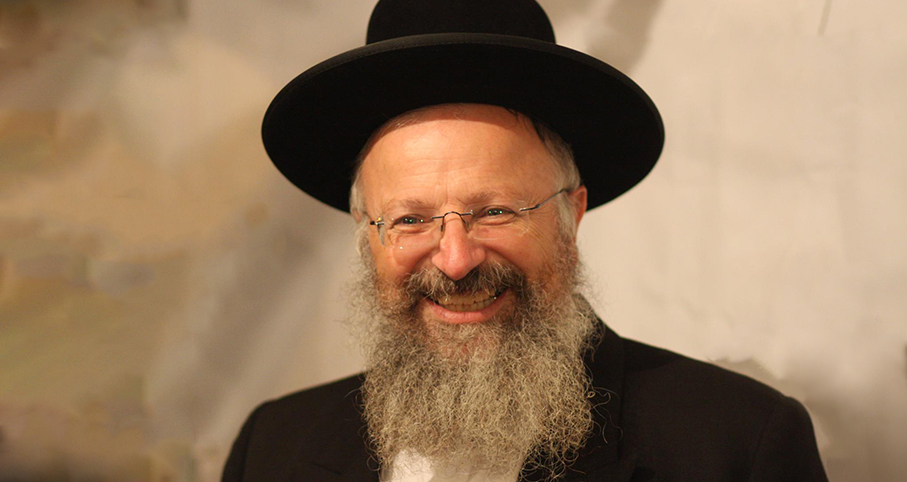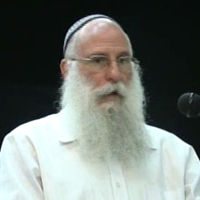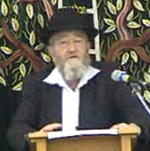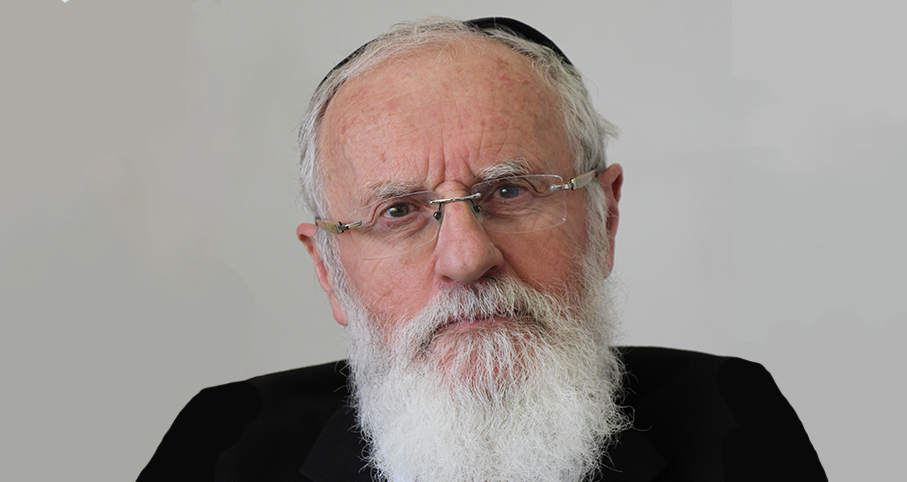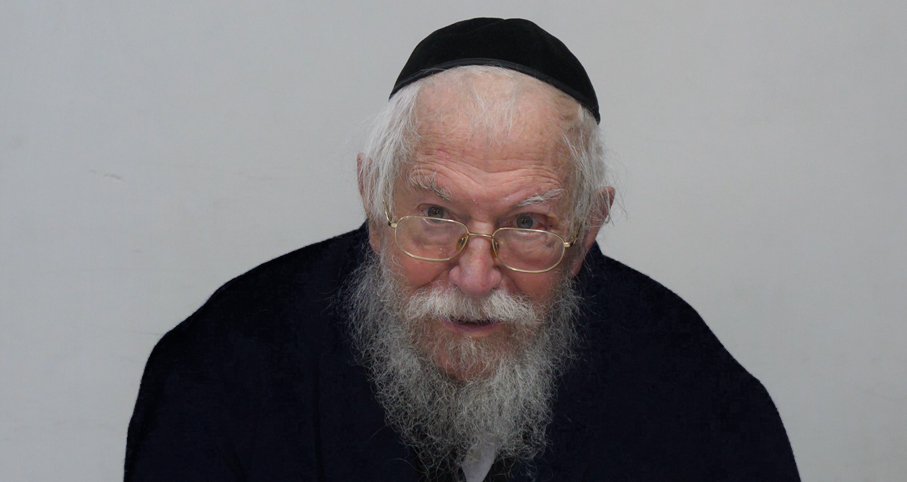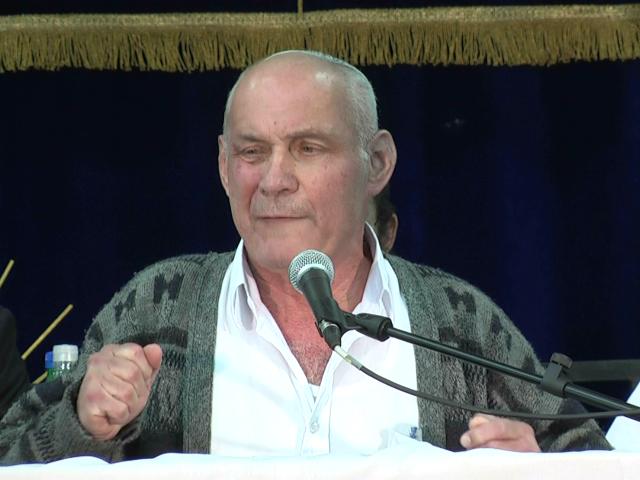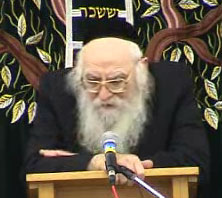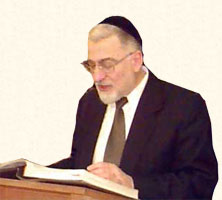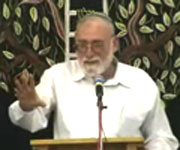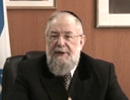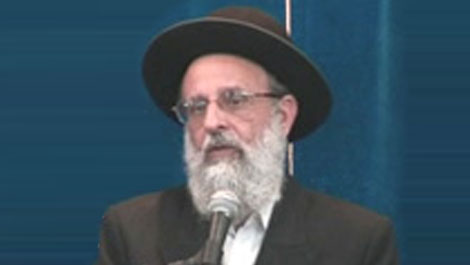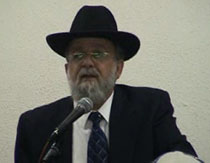Beit Midrash
- Shabbat and Holidays
- Hanukkah
- Articles about Hanukkah
In general, the navi is talking about a redemption that would be carried out by Tzemach (as mentioned early in the prophecy- 3:8) and Zerubavel (4:6). We will take a look at some of the motifs in these p’sukim to see contrasts between this redemption, symbolized by the lights and that which the Hasmonaeans carried out. The classical commentators, including Rashi, identify Tzemach (which means flourishing) as another name for Zerubavel, who was a descendant of the Davidic dynasty. Let us recall that many Jewish thinkers, along with the praises for the initial actions of the Hasmonaeans, criticized them for usurping permanent leadership, which should have been in the hands of David’s descendants.
The stress in Zecharia’s prophecy is on flourishing specifically in the spiritual realm. The most poignant statement of this concept is the pasuk "not with an army and not with strength, but with My spirit, said Hashem, Lord of Hosts." There are also metaphorical allusions in this direction. The menorah and the olives that provide the fuel for the menorah and which are found on its two sides all hint to the concept of wisdom and spirituality in Jewish lore. In contrast, at the time of the Hasmonaeans, prophecy did not return and we do not have historical indications of spiritual improvement.
Zecharia’s prophecy foresees a liberation that ushers in an era of peace and tranquility, in which people live "under their grape vines and fig trees." This is reminiscent of Shlomo’s rule, not David’s, which included much "army and strength." The Hasmonaean period experienced almost uninterrupted fighting, not only against the Greeks but also within national factions and within the ruling family.
As these significant differences indicate that the story of Chanuka is not what the prophet was referring to, why did the Rabbis choose it as Chanuka’s haftara? Certainly, the political change that the Hasmonaean victory ushered in deserves marking. As the Rambam stresses, "the Hasmonaean kohanim... saved Israel, appointed a king from the kohanim, and kingdom returned to Israel for more than 200 years" (Megilla V’Chanuka 3:1). However, it is important to remember that the desire for redemption does not end there, but there must be a yearning for a rule of "justice and charity" as existed under David, founder of the ultimate dynasty (Shmuel II 8:15). The Temple, from which prophecy flows, must be rebuilt, and the whole nation must cling to spirituality as all live in peace in the Land.
In our days too, in our much awaited State, which adopted the menorah with the olive branches on two sides as its symbol, it is important to remember toward what we are striving.
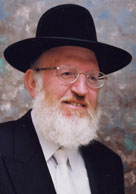
The Power of Trust
Rabbi David Dov Levanon | Kislev, 5762
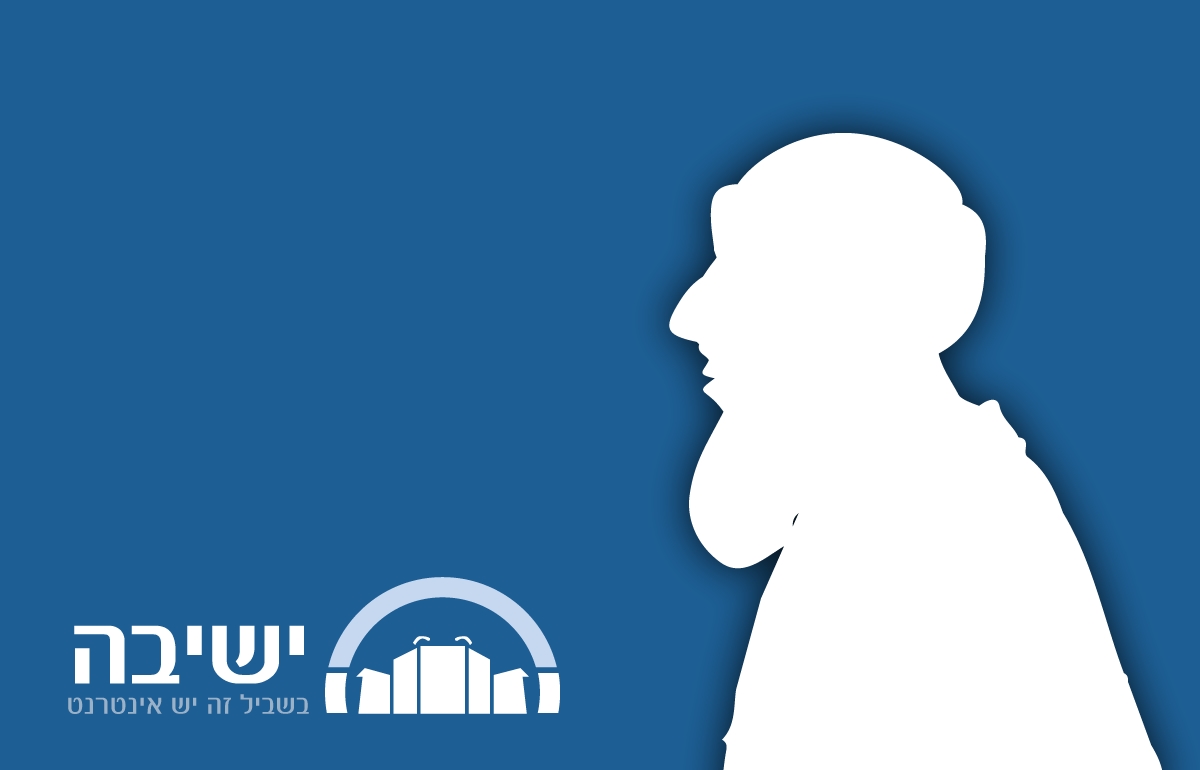
Greek Wisdom and Language
Rabbi Elchanan Ben Nun | Kislev 5750
Thoughts For Hanukka's Final Hours
Translated by Hillel Fendel
Rabbi Yosef Nave | Tevet 2 5781
